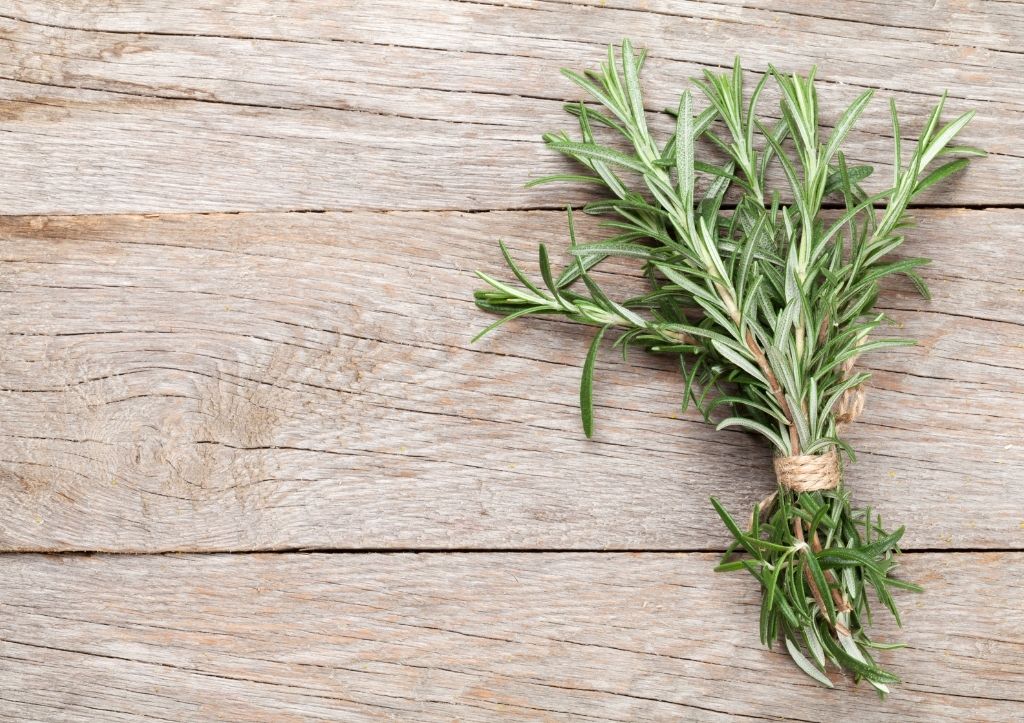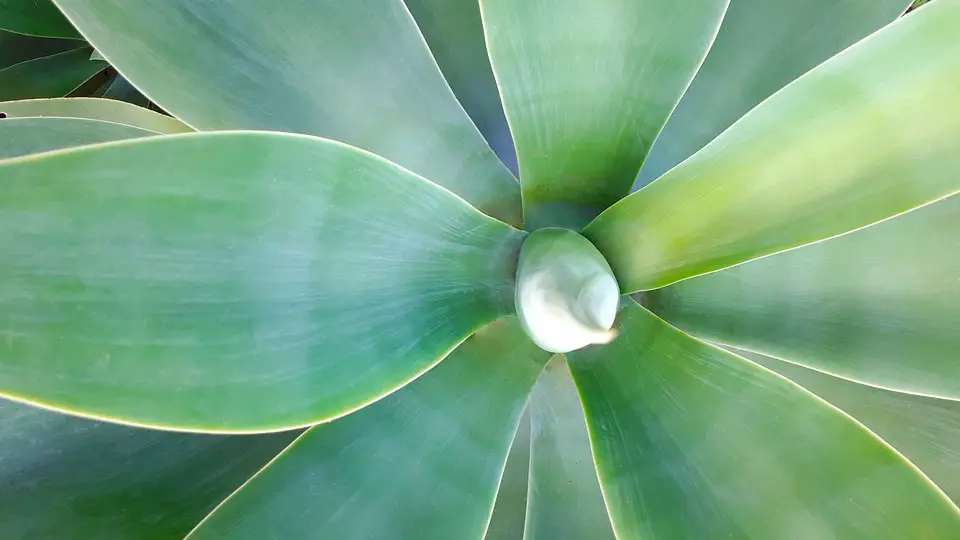If you were planning on adding some rosemary to your herb garden, you might be wondering if you need to grow it from seed or can you just buy it at the store and plant it?
The answer is yes – but there are a few things to keep in mind. Rosemary is a warm-weather herb, so make sure you plant it in an area that gets plenty of sunlight. And if you’re planting it in a pot, make sure the pot has drainage holes so the plant doesn’t get waterlogged.
Store bought rosemary comes in different forms
When you get rosemary from the store you’ll find that it comes in two different forms.
It will be either:
A growing plant or stems of rosemary that have no roots and are just intended for cooking with
You can grow your own rosemary plants that you can plant in the garden from either.
Rosemary from store bought plants
You will often find that stores sell herbs such as rosemary as small plants, growing in small containers that are intended for quick use in the kitchen.
Often these herbs don’t last for long but, with a little care and attention you should be able to grow a substantial plant quickly.
Try to choose a fresh, healthy plant that has not dried out and look for good strong green leaves.
Avoid plants that look wilted or have dried up containers.
Many of these plants will be pot bound, that is they have no room left for rot growth so, as soon as you get the plant home, pot it on into a larger pot with a good quality compost.
Water it well and keep it in a well lit, warm place.
If the weather is suitable i.e not cold or frosty then, when you see new growth appearing the plant can stand outside in it’s pot in a sheltered spot.
Be aware that rosemary can be very slow to establish so you may not see any noticeable growth for 6-8 weeks.
[amazon box=”B07B79V7BR” template=”horizontal”]
Rosemary from unrooted stems
When you get rosemary in its unrooted form, i.e just the stem, it is important to start to root it as soon as possible.
The easiest way is to take a sprig of rosemary, about 4 to 6 inches long, and remove the lower third of leaves, leaving the stem exposed.
You will need a small container for water, such as a jar, that you can balance the cutting on while the stem sits in the water.
Using a sharp knife, cut slant ways across the stem and then place the cutting in the jar, positioning it so that the stem is beneath the water surface and the remaining leaves are above the water.
This technique will encourage roots to grow and develop from the stem area but, be aware that rosemary can take weeks to root.
Place the jar in a warm and well lit area and keep the water level topped up in the jar as it will evaporate over time.
When your cutting has developed a good strong root system you can carefully remove it from the water and plant gently in a small plant pot for growing on.
It should be potted into a good quality compost that will retain enough moisture for the plant but not remain waterlogged or soggy.
Leave this in a warm, well lit place until you start to see growth appearing.
Planting rosemary
Once you’re sure that the rosemary will weather well and not be killed by frost, move your plant into a sunny spot. It needs six to eight hours of sunlight every day.
Rosemary is very drought tolerant but does need plenty of water especially when it starts to flower. If the soil dries out too much during flowering, the blossoms will drop and the plant will look tired.
In general, rosemary needs a good deep watering every three to five days in summer and about once or twice a week during autumn and winter when rainfall is more regular.
In very hot areas, give your plant half-strength liquid fertilizer every two weeks during spring and summer.
Pruning and feeding rosemary
Rosemary must be cut back hard every year to keep it healthy and to control the growth.
If you don’t do this ,the plant will become too spindly and woody and the leaves will lose their flavour so prune as soon as new growth appears in spring.
You should also feed your plant with a general purpose fertilizer in early spring and early autumn, when it’s coming into or going out of growth.
Don’t ever use fertilizers such as bonemeal on such plants, they contain salts which could burn the roots and damage the leaves.
Plants grown indoors need to be cut back hard at least once before bringing them in for the winter.
They can then be brought into a greenhouse or conservatory or even a cold frame, to keep them alive over the harsher months.
You should move them back outside in spring when there is no longer any danger of frost.
If you’ve got rosemary growing successfully, indoors or out, remember that the plants you take cuttings from will give the best results.
Rosemary can be grown as a fragrant indoor plant but needs lots of light and air to develop the best flavour.
[amazon box=”B07MV6YQYK” template=”horizontal”]
Cropping rosemary
If you want your rosemary plants to produce tasty leaves for drying or using in cooking, you need to harvest them regularly.
The best time to do this is in spring and summer when new growth appears.
When you cut the stems, cut them back to around five centimetres above soil level. You can get three or four harvests from each plant before the flavour begins to fade, so if you leave it much longer than this between cuts, there’s not much point in bothering.
Rosemary is also sometimes grown as an ornamental plant, for its pretty flowers and blue-green leaves.
Rosemary problems
Rosemary can be affected by lots of problems, most of which are caused by overwatering.
Leaves will curl up and fall off if you’re watering too much or they turn yellow if the soil stays waterlogged for long periods.
If your plant is wilting or drooping ,then it’s not getting enough water.
Rosemary can also be attacked by tiny little green caterpillars, particularly if the leaves are damp or kept too near the ground.
You’ll need to hand pick these pests off and dispose of them.
Growing rosemary in containers
Rosemary can be grown successfully in containers or hanging baskets .
You’ll need a free draining mix to plant it into, though.
If you live in an area that gets no frost, then rosemary will grow outside all year round. If your winter is very harsh, bring the plant inside before the first frosts and place it in a generous pot.
You’ll need to water the plant well before bringing it into the house, then do not give it a drop of water for a month or two.
Then you can begin watering again gradually until it’s back outside, in springtime.
If your rosemary is planted outdoors, make sure that it’s sunny and that any water drains away very quickly, so your plant doesn’t get soggy roots.
If you live in an area where rosemary can survive outdoors all year round, then simply prune it back to the same height every time you move it.
It will always be compact enough to grow inside during the winter months.
You can make a nice display in the garden by planting rosemary around a pergola, for example, where the flowers and leaves will fall over the sides.
If you live somewhere that gets very cold during winter, then you’ll need to bring your plant into a greenhouse or conservatory until all danger of frost has passed.
Final words
If you want a rosemary plant in your home, then you can grow a plant from the rosemary that you buy at the store using cuttings or a cultivated plant.
Your other option is to buy a rosemary bush from the garden centre that will be ready for planting and will be from a variety that is suitable for your area.
Rosemary plants need very little care once they are established.
If you want to grow rosemary as a fragrant indoor plant, provide it with plenty of direct sunlight and air circulation.
You will need to harvest the leaves frequently from your plants, though, so that they stay fresh and flavourful.
Rosemary can also be used as an ornamental plant or as a low maintenance outdoor shrub.
As long as the plant is kept in a sunny position and watered enough, your rosemary can survive all year round without any problem.
Read Next
- Is It Better to Grow Herbs in a Greenhouse or Outside?
- Sowing the Seeds of Self-Sufficiency: A Beginner’s Guide to Edible Gardening
- The Green Revolution: How Edible Gardening is Changing the Way We Eat
- Deliciously Sustainable: Exploring the Benefits of Growing Your Own Edible Garden
- The Rise of the Urban Farmers: Growing Vegetables in Small Spaces
- The Fruitful Harvest: Unveiling the Benefits of Growing Your Own Fruit










